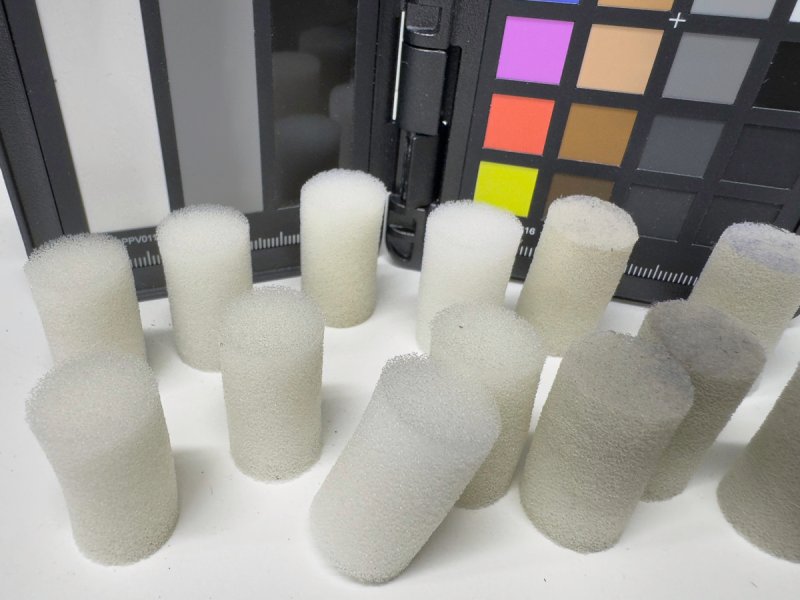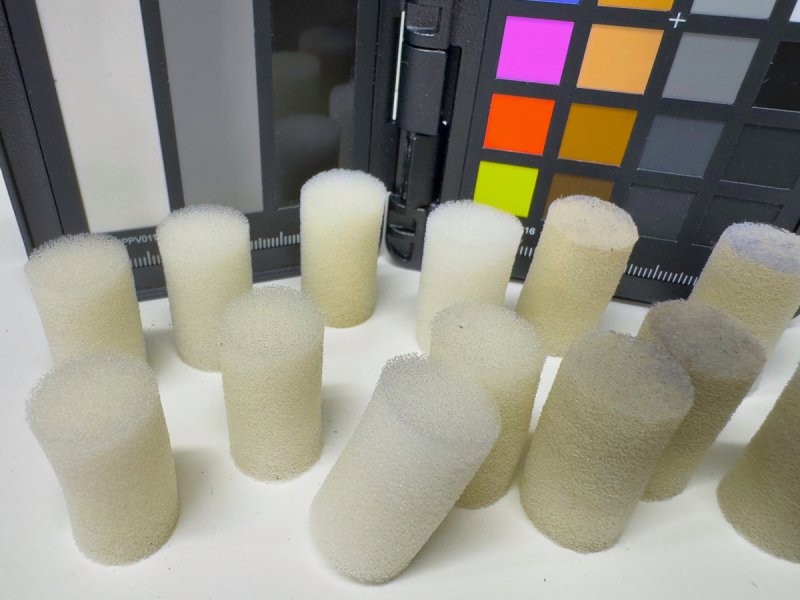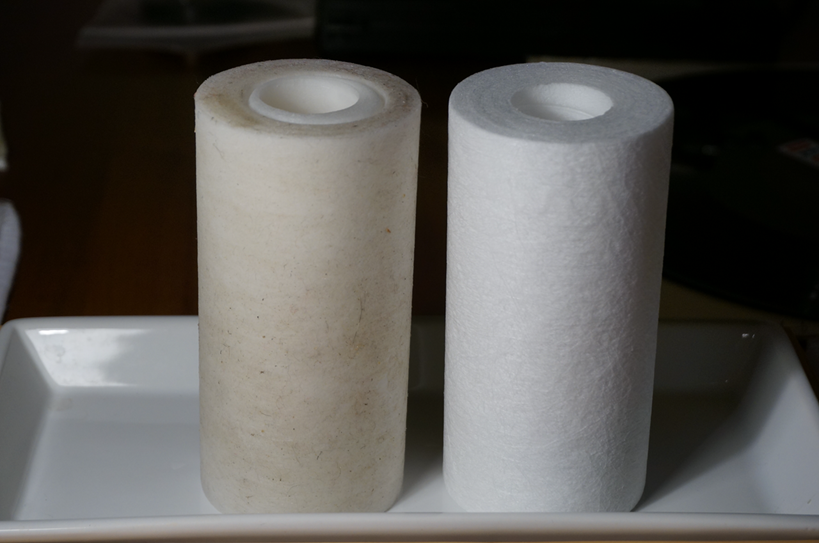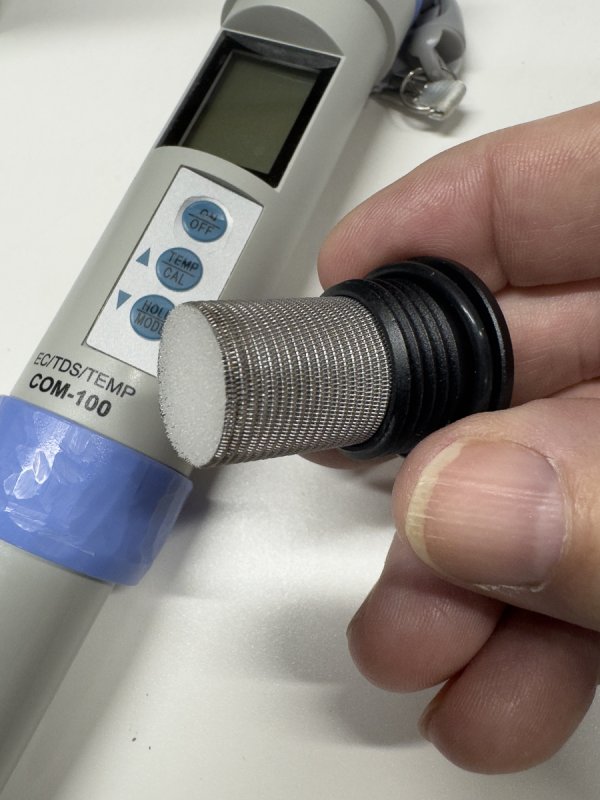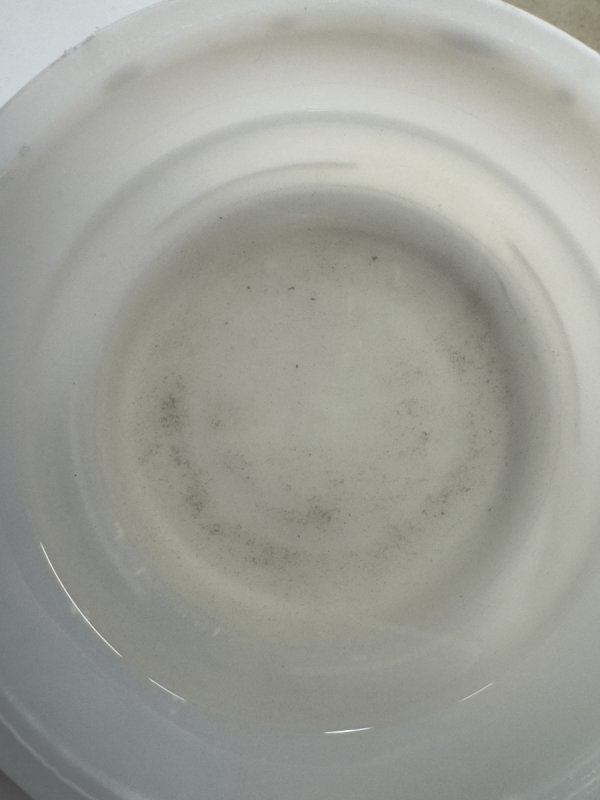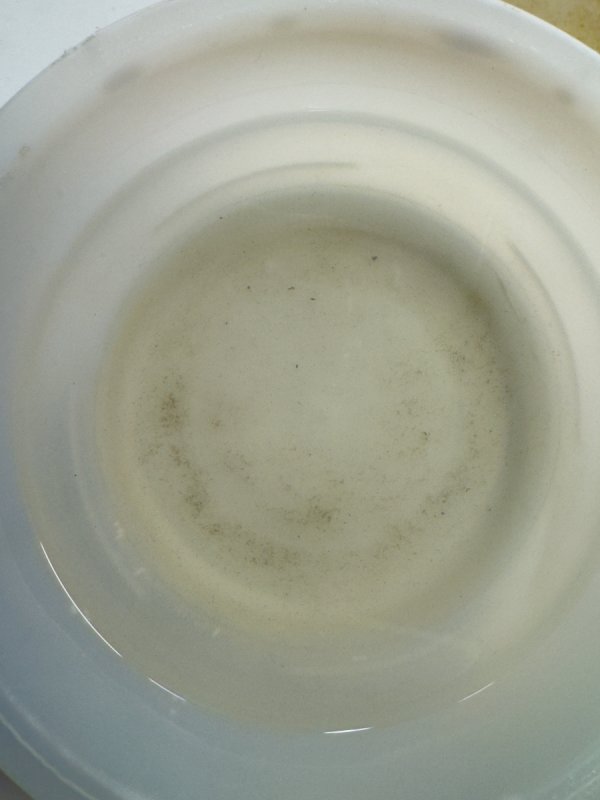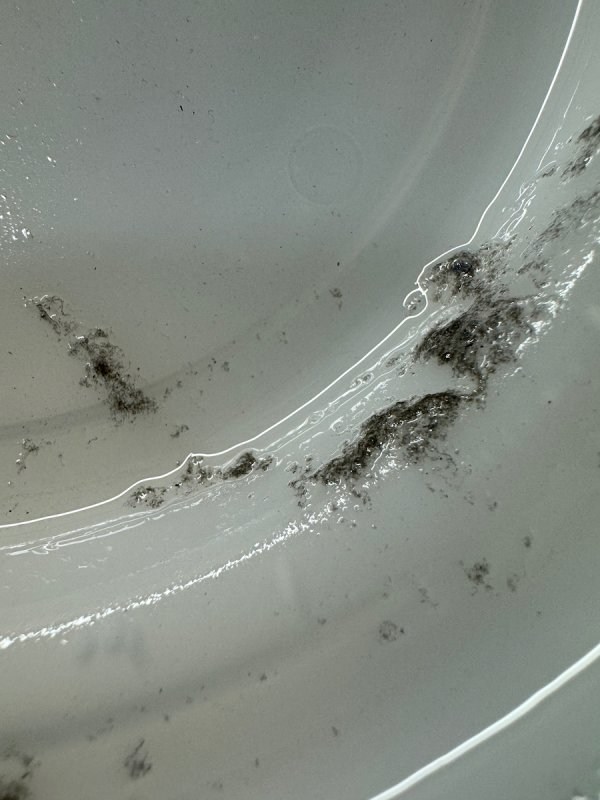Thanks for that follow-up Jim. Can you see the filter in the Degritter to monitor its state?
Morning Tim. I agree that visual documentation can be helpful. Fact is, I can catch things with the camera I can't easily see with the naked eye. I've got quite a library of images and videos documenting not only the filtration system, but the internals of the ultrasonic tank before and after the routine machine cleaning process I've adopted. Because visual inspection is difficult, it was only through review of the stills and videos that I got a handle on how much contamination accumulates at the water line and on the splash strips affixed to the center of the tank, half above the water line. The unit also has a series of metal probes attached to sensors and those, too, can accumulate contamination right at the water line.
To your question, the tiny Degritter filter is hidden inside the machine and can only be inspected by removing it and pulling it out of its housing. You could do this at any time the machine is idle, but doing so would be a pain and IMO not worth the effort. As you can see in pic 1, (a new housing and filter) the filter housing includes a screen that presumably catches very large bits, although I've never seen much on it. Some contaminate types will adhere to it, so cleaning it prior to re-use is important (I do have three housings in rotation). One nice thing about the COM-100 TDS meter is its cap is exactly the right size for the filter screen. Pour in some 99% IPA, set the housing in and it will clean up nicely overnight. The filter housing's cap seals the top of the COM-100 cap.
The well that the filter housing screws into also needs to be inspected and flushed out whenever one changes out the filter. I've had occasion to find larger bits clinging to the edges of the inflow and outflow holes.
For a time I experimented with cleaning the filters themselves, simply because it seemed a waste to have to toss them after 50 rotations. I was never satisfied with the results. Pic 2 shows a 99% IPA bath after soaking a batch of spent filters. Pic 3 is the same image with saturation boosted to bring out the yellowish tint.
Pic 4 is a closeup of the residue remaining after pouring off the IPA. My inspection of that residue included rubbing some of it between thumb and forefinger. Much of that black stuff is quite soft. I won't say what my conclusion was as to its origins, but will say that at that time I was using spin-cleans for my pre-cleaning process and that I have since abandoned them.
I want to reiterate that these images were taken prior to my current pre-cleaning process. Once I put the VPI MW-1 Cyclone back into service as a pre-cleaning station, my Degritter filters after 50 cycles were much cleaner. Most of the yellowish tint was gone. The overall coloration now is usually a pretty light gray, much lighter than any of the spent filters in the pics from my previous post. At this point only hot off the press new issues that ship in poly inners go straight into the Degritter. Even those older pressings I acquired still sealed go through pre-cleaning.
Degritter recommends cleaning and flushing the unit after 200 rotations using a vinegar solution. I've found the machine has so many small crevices and moving parts in the ultrasonic tank that I now do that cleaning every 100 rotations. Proper cleaning is no small task and returning the machine to a steady state ( DI water in = 0.2 ppm, becomes 0.6 ppm post degas) requires more full tanks of rinse water than I care for, but as
@rDin can attest, it's necessary to achieve optimal results from the unit. He dumps his spent wash water at a lower TDS than I do (has two machines). With my 3-tank process, I'm currently tossing the final rinse around 1.6 ppm.
Finally, I've had some conversations with Degritter regarding its upcoming Phonoteek, a much larger, more robust and more expensive unit. I bring that up only because when it comes to the number of transducers, frequency and power rating, Degritter has confirmed it is identical to the MKII. It does add rotating brushes, and a separate rinse tank, but where it differs the most from the MK II is in its filtration system. I would say they've probably taken a page out of your book in that regard. - Jim



